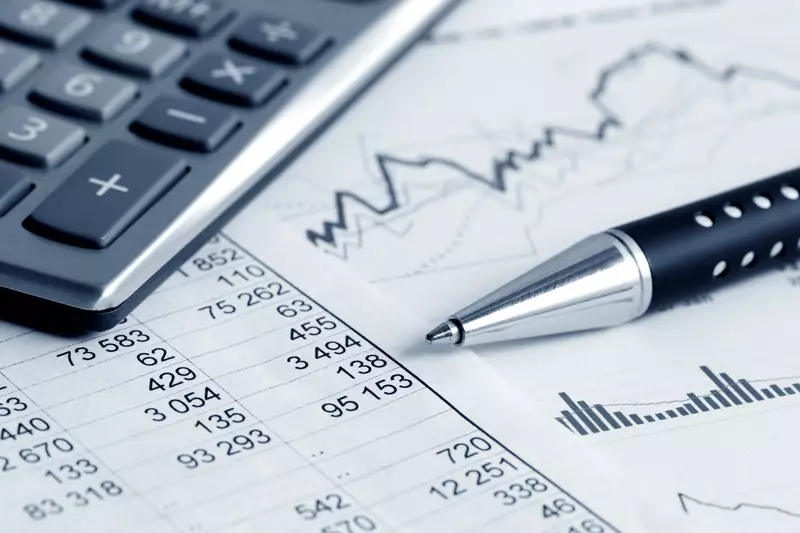In 2024, Abu Dhabi’s Mubadala Investment Company made headlines by capturing a significant 20% of the nearly $136.1 billion spent globally by sovereign wealth funds. This remarkable surge in expenditure positions Mubadala ahead of the previously leading Saudi Arabian Public Investment Fund (PIF). According to Global SWF, a firm specializing in the analysis of sovereign investments, Mubadala greatly increased its commitment, investing $29.2 billion compared to $17.5 billion from the prior year. This shift indicates a dramatic evolution in the Gulf region’s investment strategies, particularly reflective of the growing economic ambitions of Abu Dhabi.
In stark contrast to Mubadala’s upward trajectory, Saudi Arabia’s PIF witnessed a significant decline, shrinking its investment outlay by a staggering 37%—from $31.6 billion in 2023 to just $19.9 billion in 2024. PIF Governor Yasir Al-Rumayyan highlighted a strategic pivot towards bolstering the domestic economy, signaling a retreat from aggressive international investments. This realignment not only challenges Saudi Arabia’s status but also underscores the shifting priorities amid the broader competition in the Gulf region.
Despite the individual trends of these sovereign funds, the Gulf’s aggregate investment endeavors tell a different story. Collectively, sovereign wealth funds from the Gulf, particularly from Abu Dhabi, Qatar, and Saudi Arabia, injected a record $82 billion into global markets in 2024—a notable increase of more than 10% from the previous year. This collective surge reveals a strategic alignment among these nations as they seek to diversify their economies away from oil dependency. The competition extends beyond finance, as each nation vies to establish itself as a pivotal player in emerging technologies, particularly AI.
The landscape of sovereign wealth funds has seen a general rise, with assets under management reaching an unprecedented $13 trillion, alongside public pension funds which climbed to $25 trillion. These figures demonstrate a global economy in flux, with various sovereign funds adjusting their strategies in response to market conditions. Although regions like Canada, Singapore, and Australia have remained active, their levels have not yet returned to pre-pandemic peaks achieved in 2021-2022.
Interestingly, investments in digitisation surged, with sovereign funds allocating $27.7 billion in 2024 into areas like AI, digital infrastructure, and data centres. This reflects a broader commitment among Gulf states, particularly as they place emphasis on establishing themselves as centers of technological innovation. The Emirati government’s push, spurred by entities like G42 and MGX, illustrates how these nations are betting on artificial intelligence not merely as a means for economic diversification but as a critical tool for enhancing geopolitical influence.
The evolving strategies among sovereign wealth funds in the Gulf, especially with Mubadala’s ascension and PIF’s contraction, reflect a complex interplay of regional ambition, economic diversification, and the necessity of adapting to global financial landscapes. As these funds recalibrate their focus on burgeoning sectors like technology and infrastructure, the Gulf states are not only responding to current trends but are also crafting a future where they aim to play a pivotal role in shaping global economic narratives beyond hydrocarbons. This strategic evolution will undoubtedly redefine wealth management and investment paradigms within the region and beyond in the coming years.

